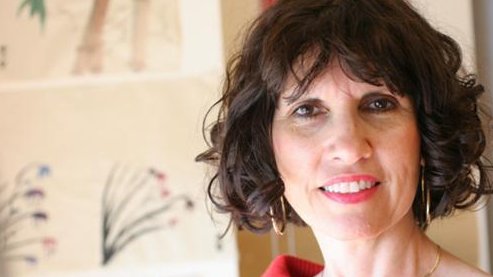Stanford University and UCSF will work together in a first-on-the-West-Coast center aimed at streamlining drug development and regulatory approval, the institutions said Monday.
The center, backed by an initial $3.3 million grant from the Food and Drug Administration, will work on three central areas: boosting preclinical safety and efficacy tests, improving clinical trials and evaluation, and pulling together various data sets to speed and better focus new drug development.
The UCSF-Stanford Center of Excellence in Regulatory Science and Innovation, or CERSI, will be the fourth in the FDA's network of centers for excellence. Others are at Johns Hopkins University, the University of Maryland and Georgetown University.
The Bay Area center will consist of scientists at Stanford and the School of Pharmacy at the University of California, San Francisco. It will be led by UCSF's Kathy Giacomini and Stanford's Dr. Russ Altman.
"New tools, methods and approaches are under development that are necessary in a globalized regulatory environment and for translating new discoveries into innovative medical treatments," the FDA's acting chief scientist, Dr. Stephen Ostroff, said in a press release. "To meet these challenges, regulatory science research and training requires multidisciplinary and interdisciplinary collaboration, not only within FDA, but with our partners in academia, including UCSF and Stanford."
Biotech and pharmaceutical companies have searched for ways to better assess the safety and efficacy of drugs long before those therapeutics are put into humans during clinical trials. Still, about a third of all drugs that reach the third and final stage of the drug-development process end in failure.
Those failures push up the research and development costs of creating a new drug to about $5 billion each, according to Forbes.
But computer-based models allow drug researchers to predict the toxicity of a drug, how the human body metabolizes a drug and other important elements of drug development, which could drive down some of those costs, said Giacomini, a pharmacy professor at UCSF and co-chair of the UCSF Center for Quantitative Pharmacology.
"This partnership will enable us to develop new models and methods," Giacomini said, "and also move these technologies out of academia and into practice."
The center also will tap the expertise of UCSF scientists in the California Institute for Quantitative Biosciences, or QB3, and the UCSF Institute for Computational Health Sciences.
